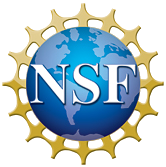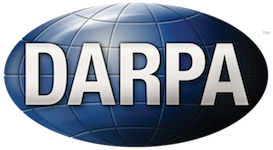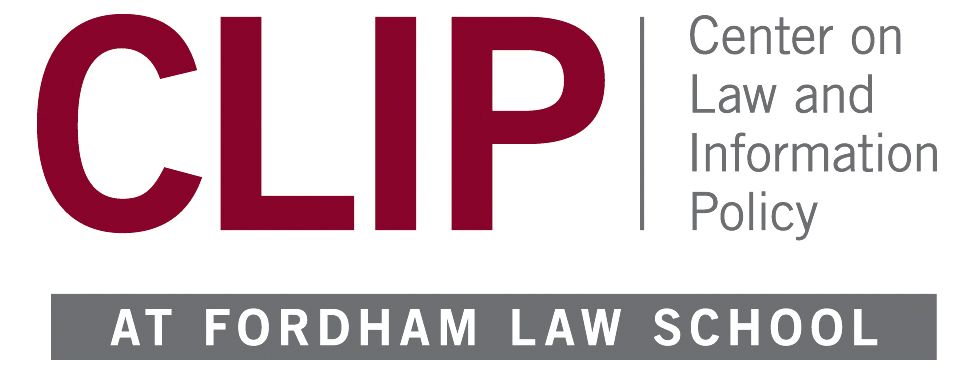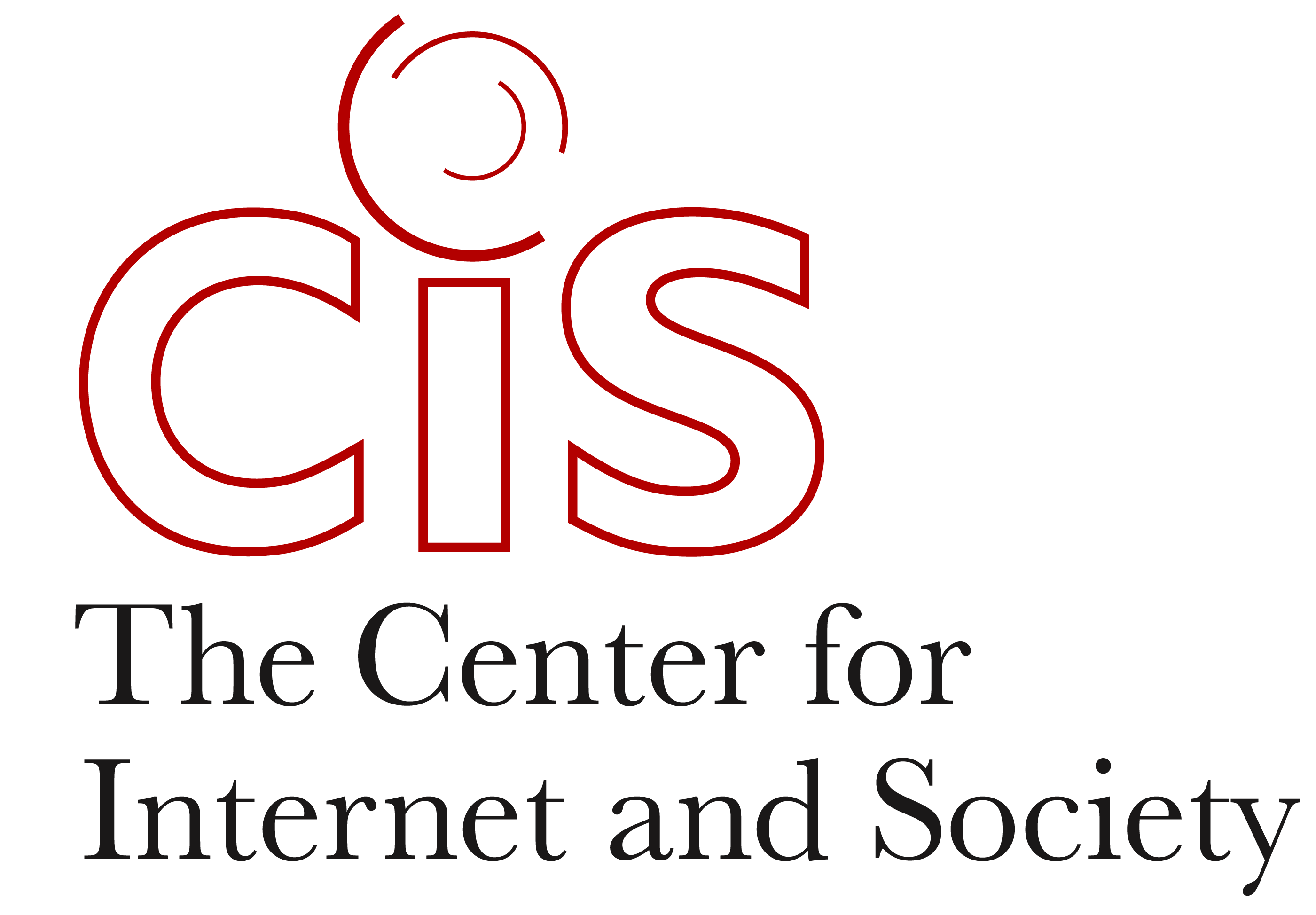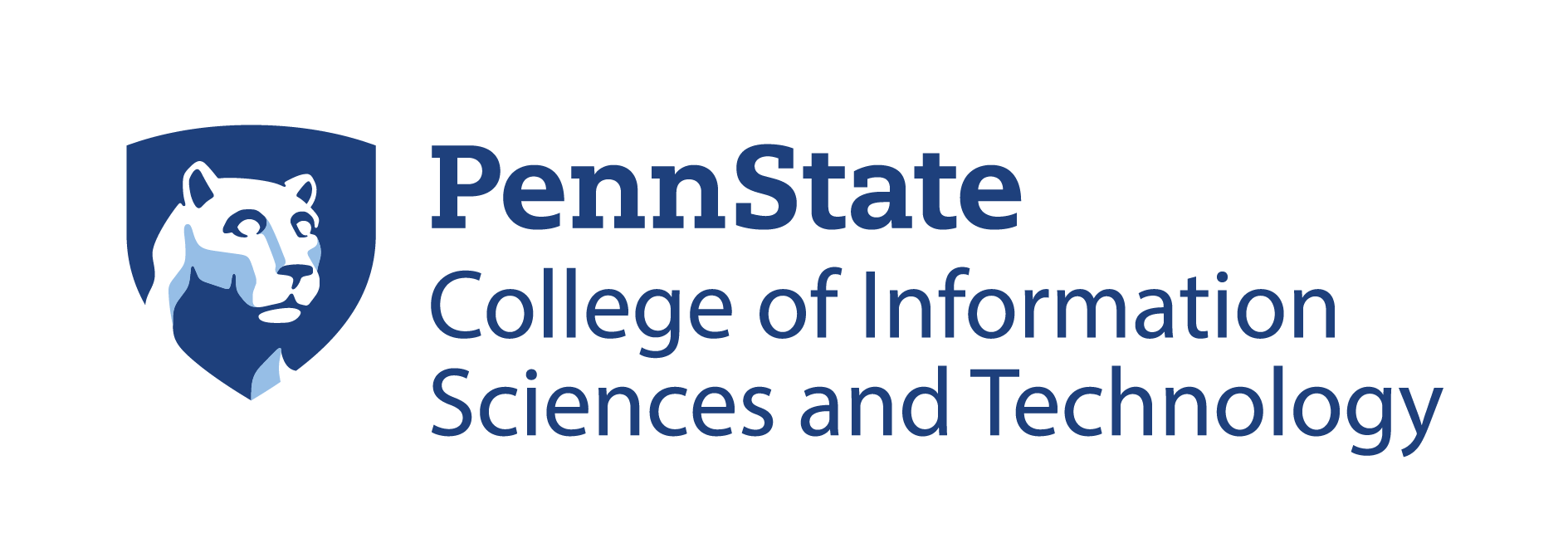The Usable Privacy Policy Project
Towards Effective Web Privacy Notice and Choice
Natural language privacy policies have become the de facto standard to address expectations of “notice and choice” on the Web. However, users generally do not read these policies and those who do struggle to understand them. Initiatives, such as P3P and Do Not Track aimed to address this problem by developing machine-readable formats to convey a website's data practices. However, many website operators are reluctant to embrace such approaches.
In the Usable Privacy Policy Project, we build on recent advances in natural language processing (NLP), privacy preference modeling, crowdsourcing, and privacy interface design in order to develop a practical framework based on a website's existing natural language privacy policy that empowers users to more meaningfully control their privacy, without requiring additional cooperation from website operators.Learn More
View our other videos. Our videos are hosted on YouTube. See YouTube's Privacy Policy here.
